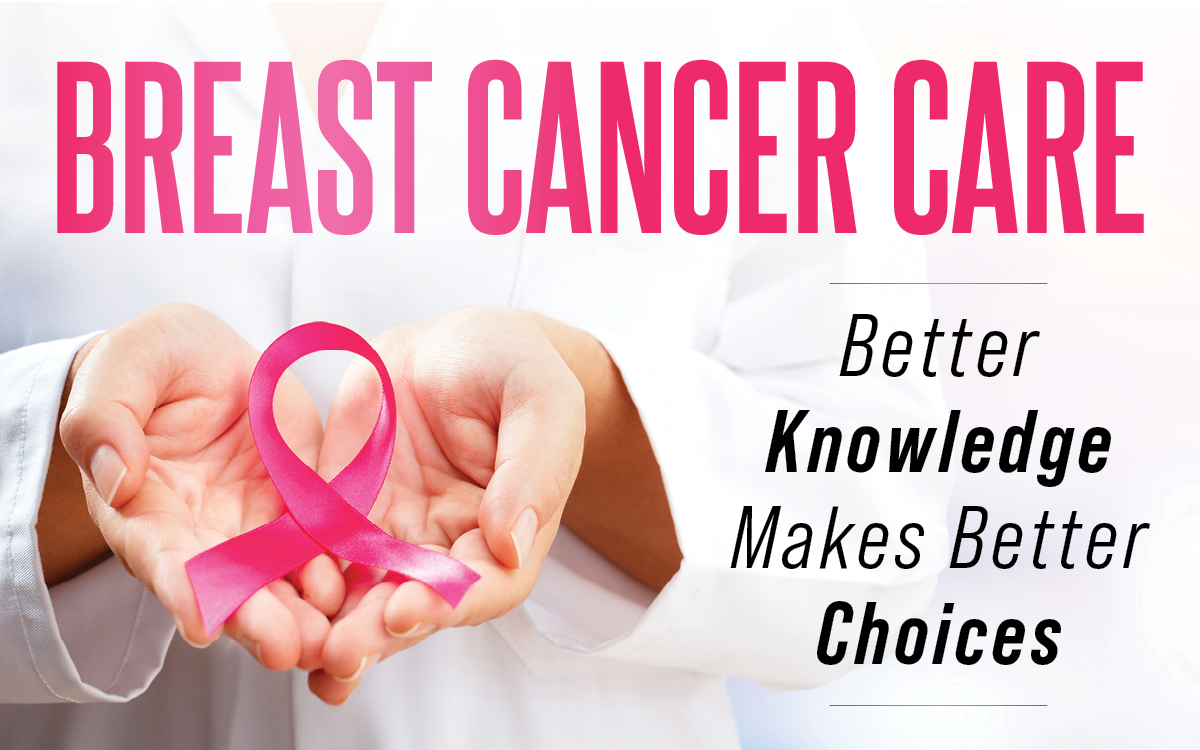
ost breast cancers are identified by mammography and diagnosed by a core needle biopsy either directed by ultrasound or mammography. We know that a cancer diagnosis is overwhelming and filled with uncertainty. The good news is there are presently 2.8 million survivors of breast cancer.
Breast cancer treatments and their outcomes have drastically improved in the last five years. This is principally due to coordinated research efforts that identify that not all breast cancer behaves the same, and treatments can be designed to address those unique risks. Treatment for breast cancer has now become very customized depending on personal characteristics such as age, personal risk, inherited risk, prior history of cancer, and prior treatments such as radiation. It also includes tumor size and whether the lymph nodes have been affected. However, the most crucial factor for determining treatment recommendations is the tumor’s behavior/ risk; is it a high-risk tumor or a low-risk tumor?
- Luminal A – These are low risk estrogen receptor positive cancers.
- Luminal B – These are ER positive tumors that have a higher risk of recurrence.
- HER2 – These tumors amplify a gene or express a protein that promotes growth. These cancers are considered high risk.
- Triple Negative Breast Cancer (TNBC) – This tumor subtype is sometimes referred to as Basal subtype; these tumors are high risk.
BREAST CANCER TREATMENTS
Breast cancer treatments are evolving. Breast cancer is no longer treated in isolation, rather with a network of breast specific providers who collaborate with one another to develop a comprehensive treatment plan. You will need to get an overview of the entire sequence of treatments which should include recommendations for surgery, systemic therapies such as chemotherapy and/ or hormonal therapy, and radiation approaches. At Feist Weiller Cancer Center, we utilize a patient centered multidisciplinary approach to breast cancer treatment planning. This means one call and one visit with a team of breast care providers.
Surgical management of breast cancer has also evolved. Generally, surgical options are divided into two options: breast conservation (BCT) which includeslumpectomy with radiation or mastectomy (removal of the breast). However, improved cosmetic outcomes become paramount to improved psychosocial well-being of a breast cancer survivor as well as to enhanced quality of life and body image. Because of this, surgical techniques have been developed to improve cosmetic outcomes. The decision of which type of surgery you will receive is guided by data and personal choice, and it should be a shared decision between you and your team.
WHAT YOU NEED TO KNOW ABOUT BREAST CANCER
- Breast cancers are not all the same. Presently, there are four subtypes that determine treatment decisions. These subtypes can be broken down into low risk and high-risk tumors.
- If you are diagnosed with cancer, it is important to understand your tumor subtype, because this determines your treatment options.
- Remember that you DO have options.
- Designing your breast cancer treatment will take a team approach and your input is vital. This is “Shared Decision Making.”
- You need to understand your options so you can choose the best option for you.
- Knowing your options not only extends to treatments but
is also of importance in your breast reconstruction. - Breast cancer is no longer treated in isolation.
Most patients will require coordinated comprehensive planning involving a Breast Surgeon, a Radiation and Medical Oncologist, and YOU.

